Upsarin 16’s 500 mg effervescent tablets
$11.30
Description
The instruction for medical use of UPSARIN UPSA medicine the Trade name Upsarin of UPSA the International unlicensed name Acetylsalicylic acid the Dosage form of the Tablet sparkling 500 mg Structure One tablet contains active agent: acetylsalicylic acid – 500 mg, excipients: Natrii hydrocarbonas, anhydrous citric acid, sodium citrate anhydrous, sodium carbonate anhydrous, E 951 aspartame, povidone (K30), krospovidon, fragrance apelsinovyy*. * alfa-pinene, beta pinene, myrcene, limonene, octanal, dekanal, linalol, alfa-terpineol, maltodextrin, an acacia, are gray dioxide, bottled hydroxyanisole. The description of the Tablet of white color with slanted edges, a flat surface and risky, are dissolved in water with discharge of vials of gas. Pharmacotherapeutic group Analgetics and antipyretics. Salicylic acid and its derivatives. Acetylsalicylic acid. The ATX N02BA01 code the Pharmacological Pharmacokinetics Acetylsalicylic Acid properties is quickly absorbed at oral introduction. The maximum concentration in plasma are reached in 15-40 minutes. Acetylsalicylic acid is exposed to fast hydrolysis with formation of an active metabolite of salicylic acid. The bioavailability depends on a dose and is 60% for a dose less than 500 mg and 90% for doses over 1 g. Acetylsalicylic acid and salicylic acid are quickly distributed in all fabrics. Get through a placental barrier and come to maternal milk. Salicylic acid substantially communicates proteins of plasma (90%). Plasma elimination half-life makes 15-20 minutes for acetylsalicylic acid and 2 – 4 hours for salicylic acid. Acetylsalicylic acid substantially is exposed to metabolism in a liver, is removed mainly with urine in the form of salicylic acid and glucuronic conjugates. The pharmacodynamics Acetylsalicylic acid belongs to group of non-steroidal anti-inflammatory drugs with anesthetics, febrifugal and anti-inflammatory properties. The mechanism of its action is caused by irreversible inhibition of the enzymes of cyclooxygenase participating in prostaglandin synthesis. Acetylsalicylic acid inhibits aggregation of thrombocytes, blocking synthesis of A2 thromboxane in thrombocytes. Indications – symptomatic treatment of pain from intensity, light to moderate degree, and/or feverish states, – chronic inflammatory rheumatism, acute joint rheumatism at children, – symptomatic treatment of inflammatory rheumatism at adults. A route of administration and doses Completely to dissolve a tablet in a big glass of water and to drink immediately. The maximum recommended daily dose makes 3 g of aspirin, i.e. 6 sparkling tablets a day. The single dose makes one sparkling tablet on 500 mg. If necessary it is possible to repeat a dose through an interval not less than 4 hours. In case of more megalgia or fevers it is possible to take a dose two sparkling pill on 500 mg which, if necessary, can be repeated through an interval of 4 hours, without exceeding a dose of 6 sparkling tablets in day. Elderly people: The maximum daily dose makes 2 g of aspirin, i.e. 4 sparkling tablets a day. The single dose makes one sparkling tablet on 500 mg. If necessary it is possible to repeat a dose through an interval not less than 4 hours. In case of more megalgia or fevers it is possible to take a dose two sparkling pill on 500 mg which, if necessary, can be repeated through an interval of 4 hours, without exceeding a dose 4 sparkling tablets a day. Frequency of receptions Regular receptions allow to avoid fluctuations of degree of pain and fever. At adults the interval between receptions has to make not less than 4 hours. Treatment duration (without consultation with the doctor) should not exceed 5 days when assigning as anesthetic and no more than 3 days – as febrifuge. Rheumatic diseases Only for adults and children with the body weight of 50 kg and more. Adult At most 3-6 g a day. The dose should be divided into 3-4 receptions with an interval between receptions not less than 4 hours. At elderly patients the dose should be reduced. Children This form of release is intended for children with the body weight of 50 kg and more. At most 50 mg/kg – 100 mg/kg a day. The dose should be divided into 4-6 receptions with an interval between receptions not less than 4 hours. Side effects Effects from digestive tract – an abdominal pain – expressed (a hematemesis, a bloody chair, etc.) or the concealed gastrointestinal hemorrhage causing an iron deficiency anemia. The dose is higher, the frequency of developing of such bleedings is higher. – ulcer and perforation of a stomach. Effects from the central nervous system – headaches, vertigo – feeling of decrease in hearing – a ring in ears which usually are signs of overdose. Hematologic effects Hemorrhagic syndrome (nasal bleedings, odontorrhagias, purpura, and. etc.) can cause increase in risk of bleeding in the patients who are exposed to surgical intervention. This action can remain within 4-8 days after the reception termination. Hypersensitivity reaction – urticaria, skin reactions, anaphylactic reactions, asthma, a Quincke’s edema. Syndrome to Reja. Contraindications This medicine is contraindicated in the following cases: – hypersensitivity to acetylsalicylic acid or to any of excipients – phenylketonuria as drug contains aspartame – existence in the anamnesis of asthma provoked by intake of salicylates or substances with similar activity, especially non-steroidal anti-inflammatory drugs – the last trimester of pregnancy (≥ 500 mg a day and on reception) – ulcer of stomach and duodenum in an active phase – any constitutional or acquired hemorrhagic disease – risk of a hemorrhage – a heavy liver and renal failure – heavy, uncontrollable heart failure – a combination with a methotrexate at the doses exceeding 15 mg/week – a combination with oral anticoagulants when using high doses of acetylsalicylic acid, especially at treatment of rheumatic diseases – children’s age up to 16 years. Medicinal interactions the Risks connected with inhibition of aggregation of thrombocytes Combined use of several medicines which can inhibit aggregation of thrombocytes: acetylsalicylic acid and NPVP, tiklopidin and klopidogrel, tirofiban, eptifibatid and abtsiksimab, iloprost, increases risk of bleeding. At a combination of antithrombocytic drugs and heparin or similar substances (hirudines), oral anticoagulants and trombolitik it is necessary to carry out careful clinical and laboratory monitoring. Combinations which are contraindicated – oral anticoagulant is forced out from its binding site with proteins of plasma at combined use with acetylsalicylic acid in high doses (more than 3 g a day), – the methotrexate applied at doses more than 15 mg/week: increase in hematologic toxicity of a methotrexate (decrease in renal clearance of a methotrexate under the influence of anti-inflammatory drugs and replacement by acetylsalicylic acid of a methotrexate from the site of its linking with proteins of plasma). Combinations which are undesirable – oral anticoagulants, heparins (parenteral way of introduction): increase in risk of bleedings (inhibition of function of thrombocytes and irritation gastroduodenal mucous at the expense of NPVP). It is necessary to control a bleeding time. – other non-steroidal anti-inflammatory drugs: for acetylsalicylic acid in high doses (more than 3 g a day): increase in risk of ulceration and gastrointestinal bleeding (additive synergy). – uricosuric means (benzbromaron for doses of acetylsalicylic acid) 3 g a day or below): reduced uricosuric effect due to the competition for removal of uric acid in renal tubules. Combinations which should be applied with care – antidiabetic means (insulin): strengthening of hypoglycemic effects at high doses of acetylsalicylic acid. It is necessary to inform the patient and also to demand more strict self-checking of levels of glucose in plasma. – diuretics, inhibitors of angiotensin-converting enzyme, inhibitors of reformative enzyme and by extrapolation – angiotensin II inhibitors for acetylsalicylic acid at high doses (more than 3 g a day): an acute renal failure at patients with dehydration (reduced glomerular filtration because of reduced synthesis of renal prostaglandins). Besides, the antihypertensive effect decreases. It is necessary to provide intake of liquid in an organism of the patient and to monitor function of kidneys in an initiation of treatment. – glucocorticoids (at system use), except for the hydrocortisone applied as replacement therapy in Addison’s disease: decrease in levels of salicylates in blood during treatment by corticosteroids and risk of overdose of salicylates after their cancellation (as kortikosterioda strengthen removal of salicylates). Correction of a dose of salicylates during the accompanying reception of glucocorticoids and after cancellation of combination therapy. – the methotrexate applied at doses less than 15 mg/week: hypertoxity, especially hematologic, a methotrexate (decrease in renal clearance of a methotrexate anti-inflammatory drugs in general and replacement by methotrexate aspirin from the site of its linking with proteins of plasma). Within the first weeks of combination therapy it is necessary to make complete analysis of blood weekly. The special attention is required at any, even small, a renal failure and also at elderly people. Combinations to which it is necessary to pay attention – intrauterine contraceptives: for acetylsalicylic acid at high doses (more than 3 g a day): risk (disputable) reduced efficiency of intrauterine contraceptive. – local gastrointestinal means, such as salts, oxides and hydroxides of magnesium, aluminum and calcium: the increased renal removal of salicylates because of urine alkalization. Special instructions – in order to avoid risk of overdose at a combination with other drugs it is necessary to be convinced that other drugs do not contain acetylsalicylic acid. – At long reception of high doses of the anesthetizing medicines there can be a headache which it is not necessary to treat by a bigger increase in a dose of drug. Regular use of anesthetics, especially in a combination, can cause permanent damage of kidneys with risk of developing a renal failure. – Children should appoint the drugs containing acetylsalicylic acid only according to the recommendation of the doctor as in case of a viral infection the risk of emergence of a syndrome to Reja increases. Syndrome symptoms to Reja are: long vomiting, consciousness disorder, abnormal behavior. – In insufficiency cases dehydrogenase glyukozo-6-phosphate acetylsalicylic acid should be accepted under observation of the doctor because of risk of emergence of hemolysis. – Before surgical intervention, considering antithrombocytic effect of acetylsalicylic acid, it is necessary to inform the doctor. – 1 sparkling tablet contains 388.5 mg of sodium that should be considered to the patients who are on a rigid diet with sodium restrictions. – As data of drug contain glucose, it is contraindicated in a sprue of glucose and a galactose. – It is necessary to carry out the strengthened monitoring of treatment in the following cases: – presence of gastrointestinal ulcers in the anamnesis, gastrointestinal bleeding or gastritis, – a renal or liver failure, – asthma: at some persons the emergence of an attack of asthma can be connected with an allergy to NPVP or to acetylsalicylic acid. In such cases this medicine is contraindicated. – a metororragiya or a menorrhagia (risk of strengthening of menstrual bleeding and extension of periods), – use of intrauterine contraceptives. – Gastrointestinal bleedings or ulcer/perforation, including in the anamnesis are possible. The relative risk increases at elderly people, persons with low body weight and at the patients receiving anticoagulating or antithrombocytic therapy. When developing gastrointestinal bleeding the treatment administration of drug should be stopped immediately. – Considering antithrombocytic effect of acetylsalicylic acid which is shown at the lowest doses and remains within several days, patients should be warned about risk of bleeding which can arise during surgical interventions (for example, odontectomy). – Acetylsalicylic acid changes a lithemia (the analgetic dose of acetylsalicylic acid raises a lithemia, inhibiting discharge of uric acid, besides, acetylsalicylic acid renders uricosuric effect at the doses used in rheumatology). – At the high doses used in rheumatology it is recommended to monitor emergence of signs of overdose. It is necessary to carry out revaluation of treatment in case of a ring in ears, decrease in hearing and vertigo. It is recommended to watch levels of salicylates in blood at children, especially in an initiation of treatment. If necessary acetylsalicylic acid it is possible to appoint pregnancy and the period of a lactation for symptomatic treatment in the period of I and II trimester of pregnancy. The advantage/risk can be appointed only after assessment. As a precautionary measure, it is desirable not to use acetylsalicylic acid for long-term treatment at a dose over 150 mg/day. Except for very limited cardiological and obstetric cases justified with medical recommendations and special monitoring, any drug containing acetylsalicylic acid is contraindicated within the last three months of pregnancy. The feature of influence of medicine on ability to run the vehicle or potentially dangerous by mechanisms was not observed cases of influence on ability to run motor transport and to work with mechanisms. The overdose Exists risk of poisoning at elderly people and, especially, at small children which can be life-threatening. Symptoms: a ring in ears, the feeling of decrease in hearing, headaches, vertigo are signs of overdose. They can be controlled a dose decline. Serious poisoning: Children can have a deadly overdose at reception of 100 mg/kg or more at one time. Treat symptoms: fever, hyperventilation, ketosis, respiratory alkalosis, metabolic acidosis, coma, vascular insufficiency, respiratory insufficiency, expressed hypoglycemia. Treatment: Immediate hospitalization in specialized medical institution. Removal of substance by means of gastric lavage and administration of activated carbon. Control of acid-base balance. The alkaline diuresis allowing to achieve rn urine 7.5-8. In cases of a serious poisoning the hemodialysis is possible. Symptomatic treatment. A form of release and packing On 4 tablets in planimetric bezjyacheykovy packing (strip) from aluminum foil with a polyethylene covering. On 4 planimetric bezjyacheykovy packs (strips) together with the instruction for medical use in the Kazakh and Russian languages place in a cardboard box. To Store storage conditions in the dry place at a temperature not above 25 °C. To store out of children’s reach! 3 years not to use a period of storage after an expiration date. Prescription status Without prescription UPSA SAS Producer, 979 avenues of de Pirene, 47520 Le the Passage, France. Owner of the registration certificate of UPSA SAS, 3 Rue Joseph Monie, 92500 Ryuey-Malmezon, France. The name and the address of the organization in the territory of the Republic of Kazakhstan, the accepting claim (offer) on quality of medicine from consumers, responsible for post-registration observation of safety of medicine (Switzerland), 050040, Almaty, Bostandyksky district, Bayzakov St., 280
to Develop Representative office of JSC Delta Medikel Promoushnz AG
Additional information
| Ingredient |
|---|





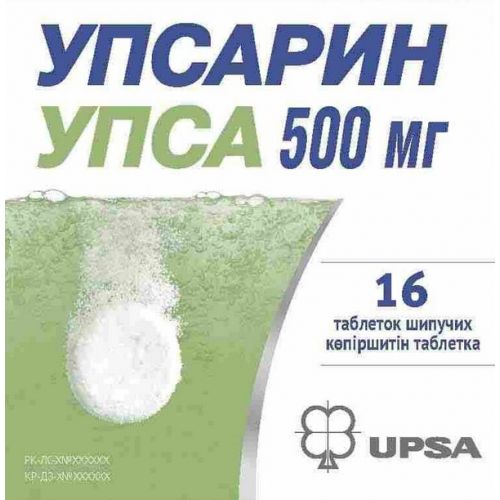
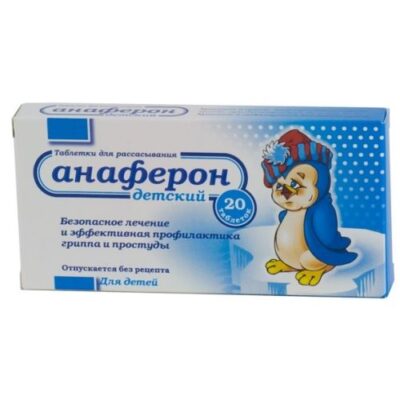
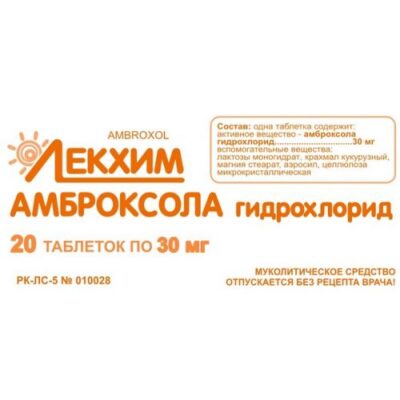
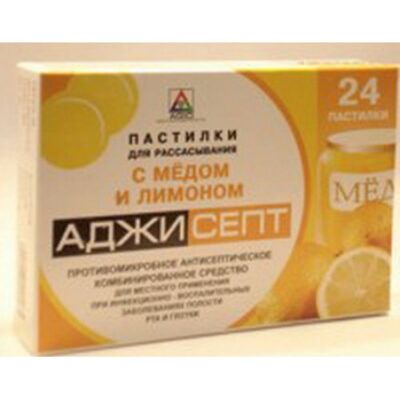
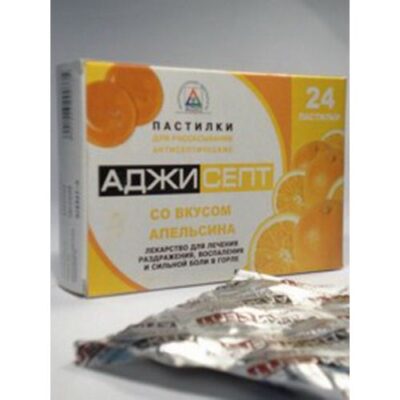
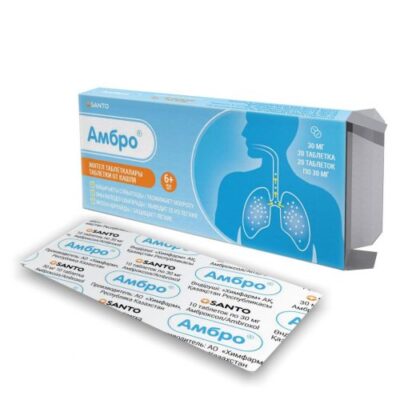
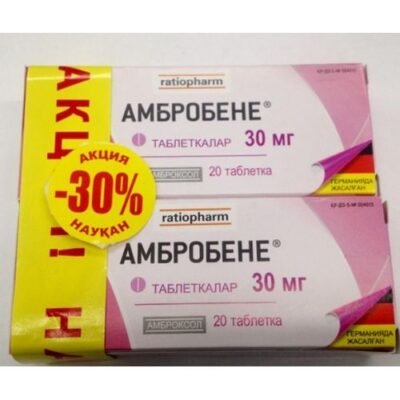
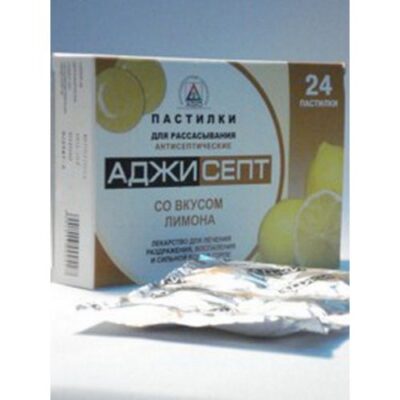
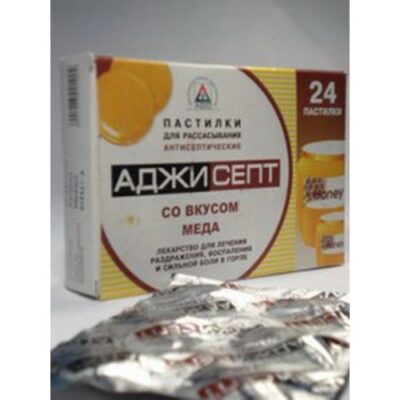
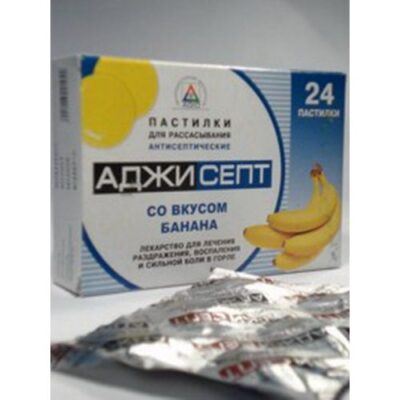
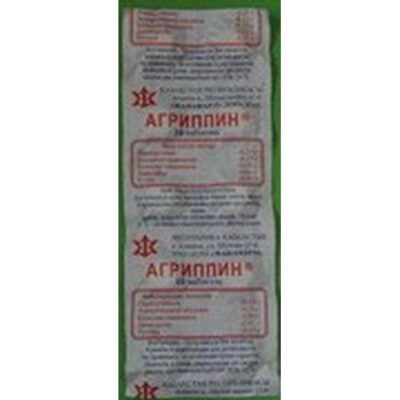






Reviews
There are no reviews yet.